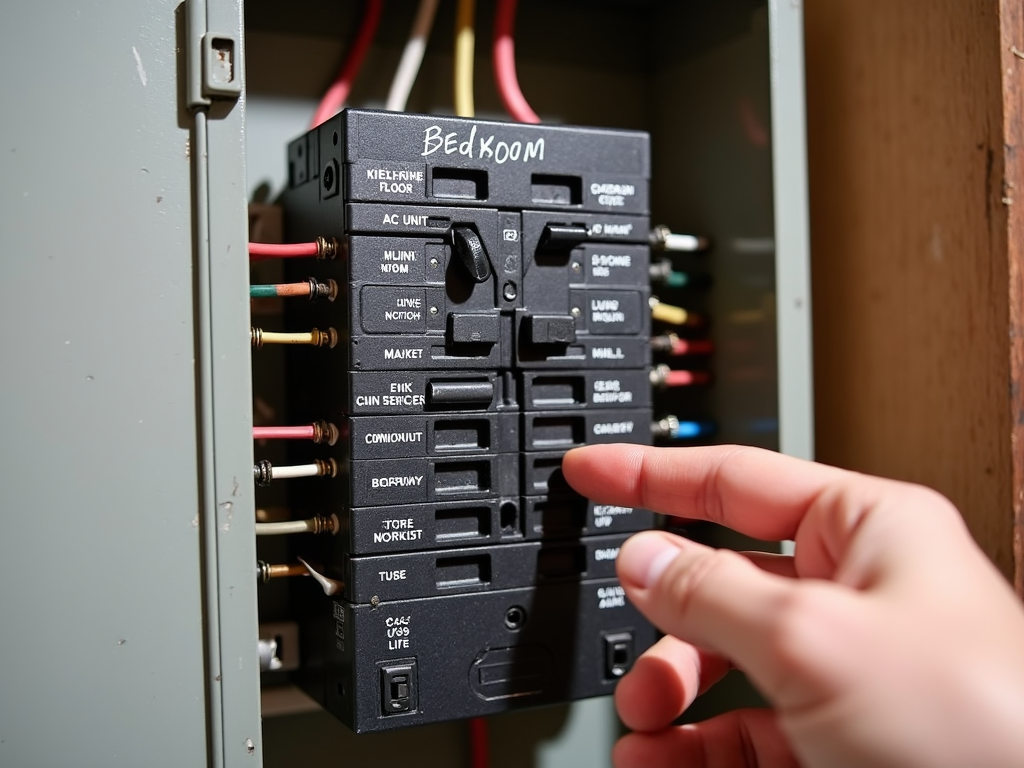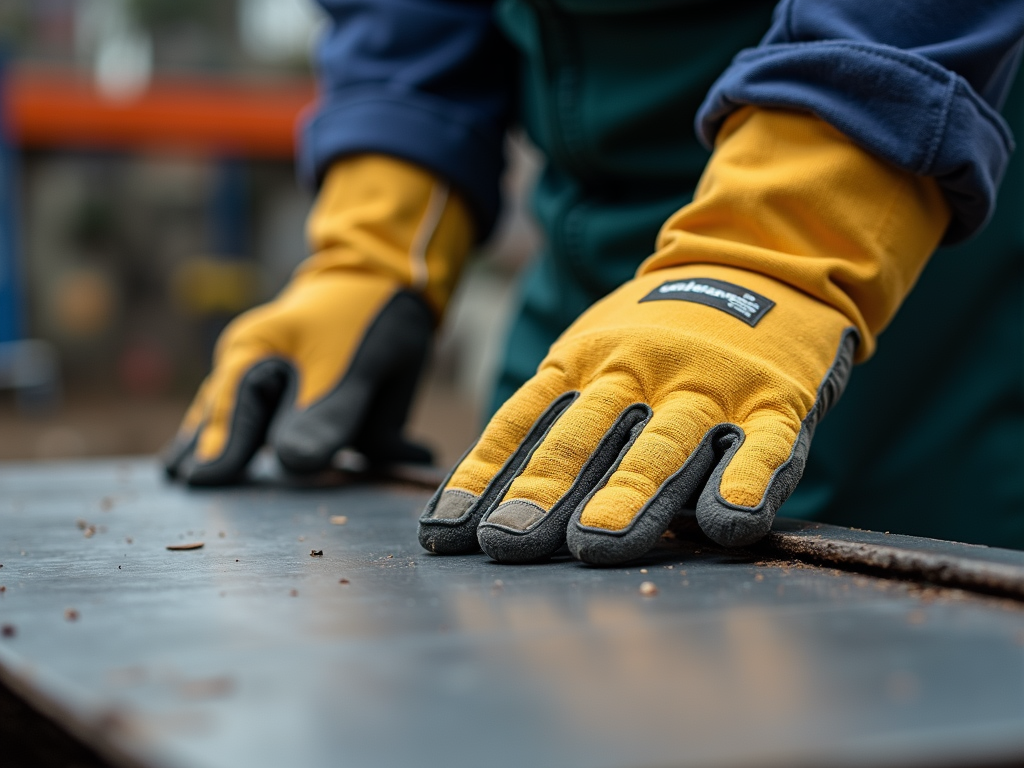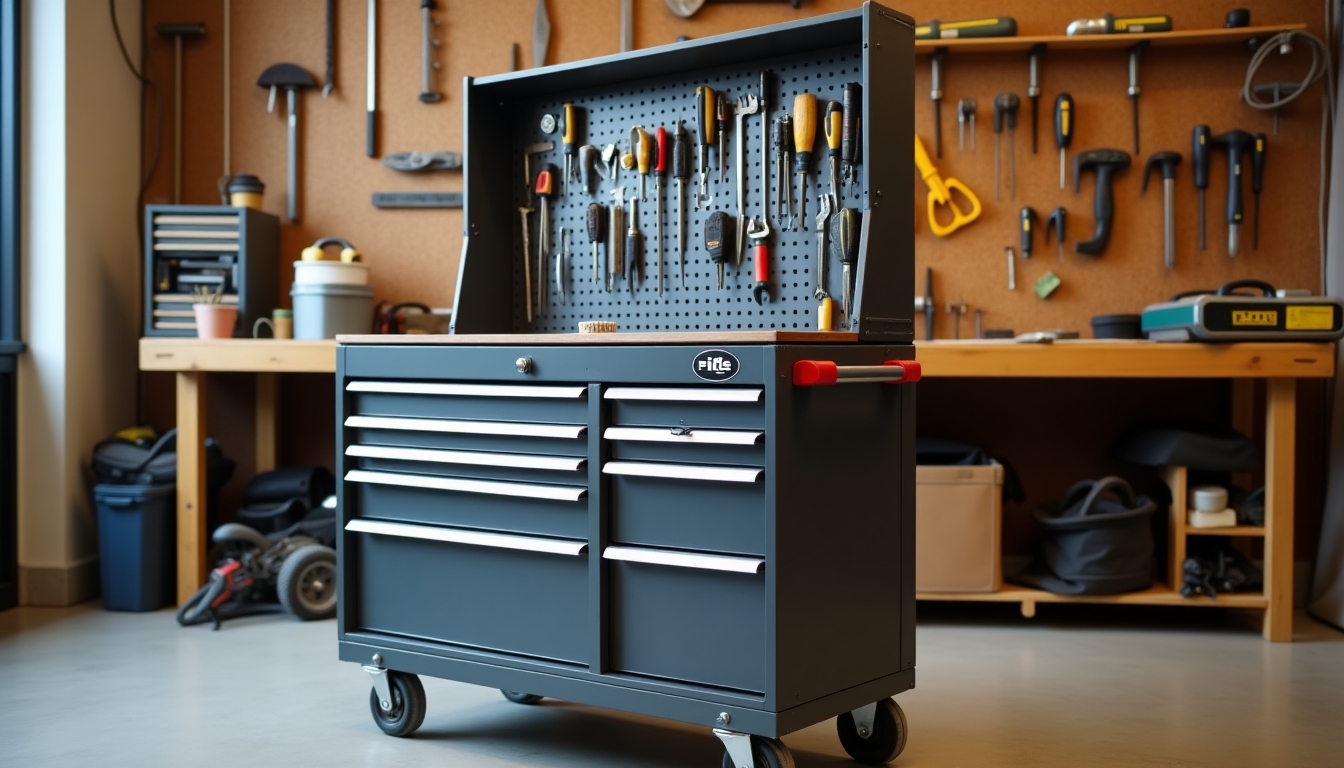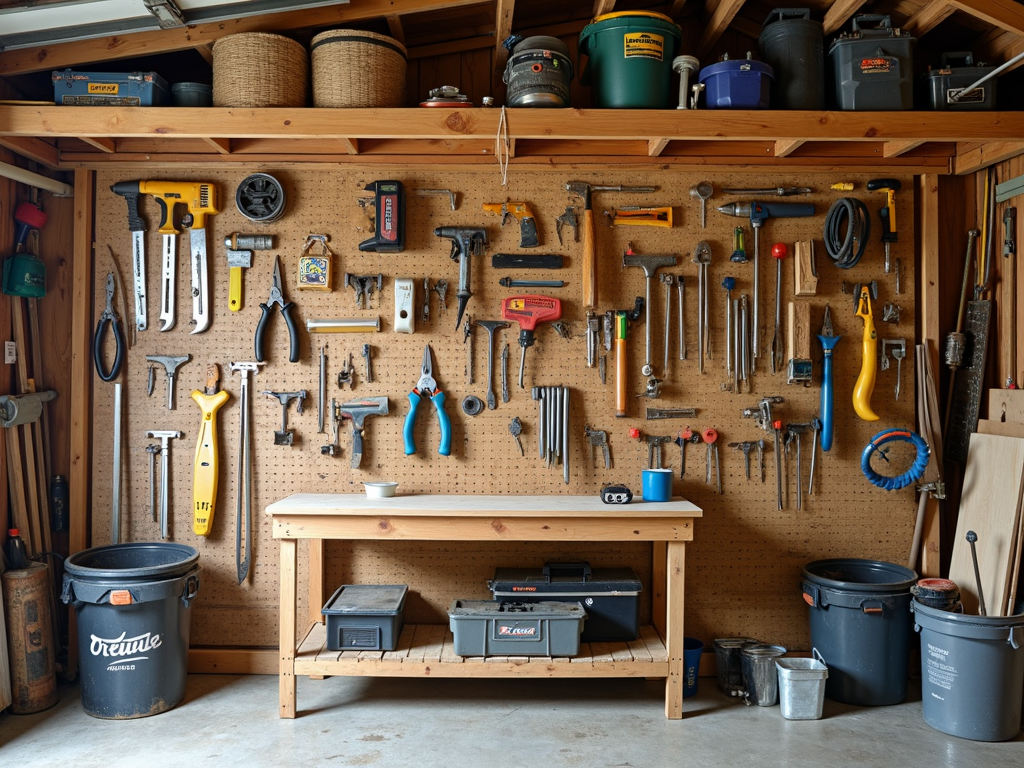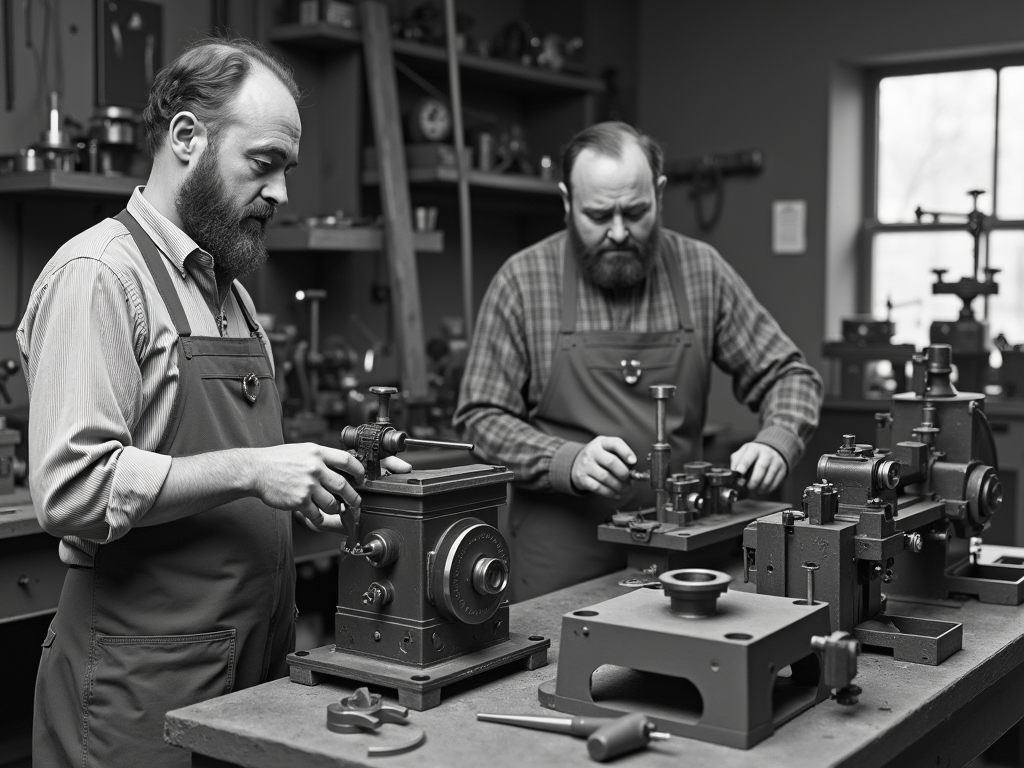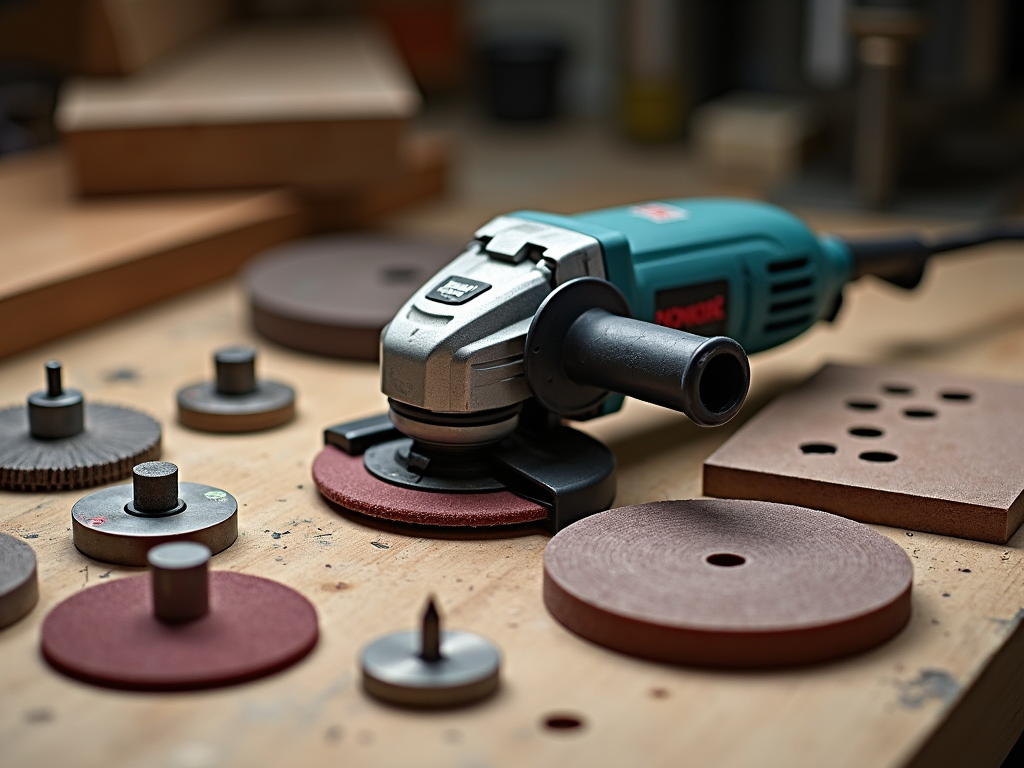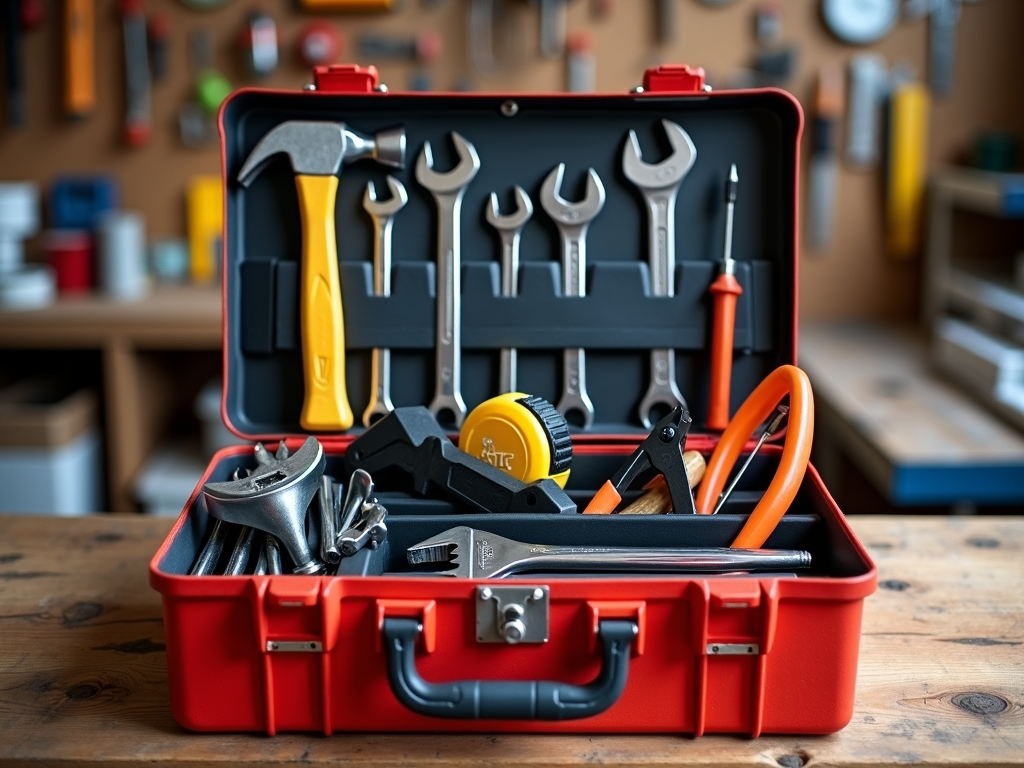Screwdrivers are must-have tools for any workshop. Picking the right one can save time and effort. This guide explains how to choose the perfect screwdriver, maintain it, and fix common issues—making your projects smoother and more successful.
Types of Screwdrivers
Screwdrivers come in many shapes and sizes, each built for specific tasks. Knowing the differences helps you pick the right one.
- Flathead Screwdrivers: These have a flat tip for slotted screws. They work for simple jobs but can slip if you’re not careful.
- Phillips Screwdrivers: With a cross-shaped tip, these fit Phillips-head screws. They grip better than flatheads, so they’re great for most home repairs.
- Torx Screwdrivers: These have a star-shaped tip for Torx screws. You’ll see them in cars and gadgets—they handle tough twisting well.
- Hex Screwdrivers: These fit hexagonal screws, like the ones in furniture kits. They’re sturdy and precise.
Other handy types include:
- Robertson Screwdrivers: Square-tipped and strong, they’re less likely to slip. I love using them for woodworking.
- Pozidriv Screwdrivers: Like Phillips but with extra ridges, they’re built for heavy-duty tasks.
- Tri-Wing Screwdrivers: These have three wings and pop up in electronics—like fixing a game console.
- Spanner Screwdrivers: With two prongs, they tackle tamper-proof screws, such as those in public fixtures.
Matching the screwdriver to the screw is your first step.
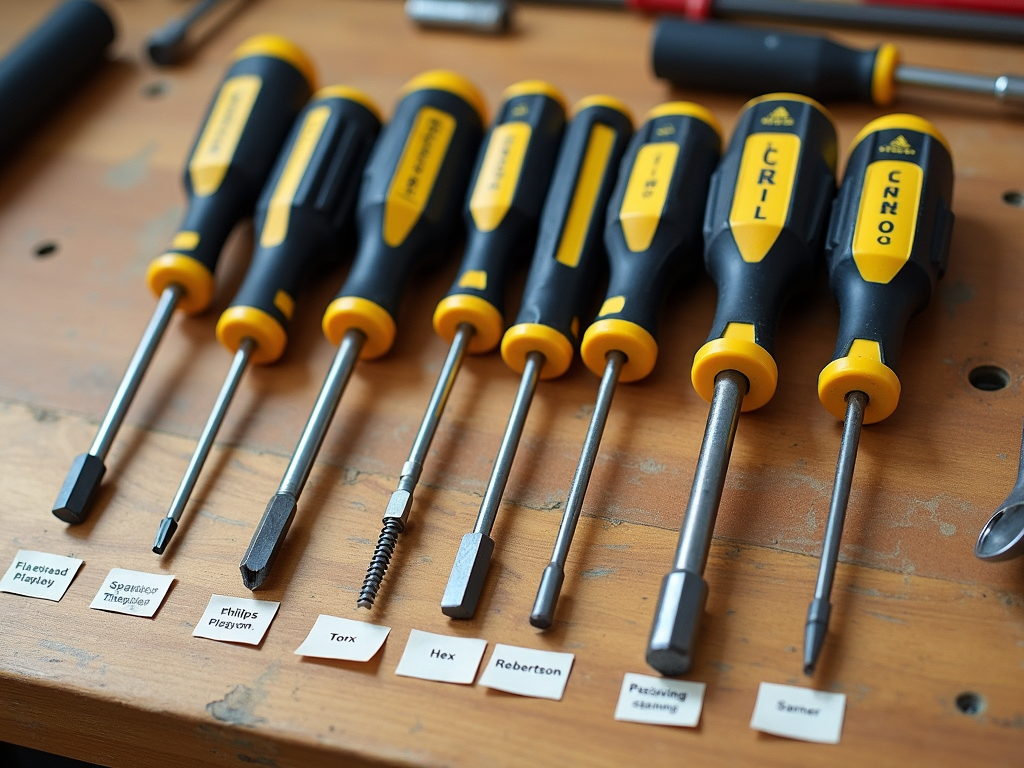
Choosing the Right Screwdriver
Picking the perfect screwdriver isn’t just about the screw shape. Here’s what to think about:
- Screw Type: Use a flathead for slotted screws, Phillips for cross-heads, and so on. A mismatch can ruin the screw.
- Size: The tip should fit snugly. Too small, and it slips; too big, and it won’t work.
- Material: For tough jobs, go for chrome vanadium steel—it’s strong and lasts longer.
- Task: Small screwdrivers are best for delicate work, like fixing glasses. Bigger ones handle construction.
Extra features can help too:
| Feature | Benefit |
|---|---|
| Ergonomic Handle | Comfy for long use |
| Magnetic Tip | Holds screws in tight spots |
| Insulated Handle | Safe for electrical work |
| Interchangeable Bits | One tool, many jobs |
Once, I was assembling a bookshelf with tiny screws and big bolts. A multi-bit screwdriver saved me from juggling tools—it was a game-changer.

Screwdriver Maintenance Tips
Taking care of your screwdrivers keeps them working like new. Here’s how:
- Clean Them: Wipe off dirt after every use with a cloth. For grime, use soap and water, then dry them well.
- Sharpen Tips: A dull tip can slip. Gently file it sharp—but don’t overdo it.
- Prevent Rust: Rub a little oil on the metal parts. It stops rust from forming.
- Store Smart: Keep them dry and organized. I use a pegboard—it’s easy to grab what I need.
- Check Wear: Look for bent tips or cracked handles. Replace anything that’s worn out.
I’ve got a Phillips screwdriver from years ago. Regular cleaning and oiling keep it as good as the day I bought it.
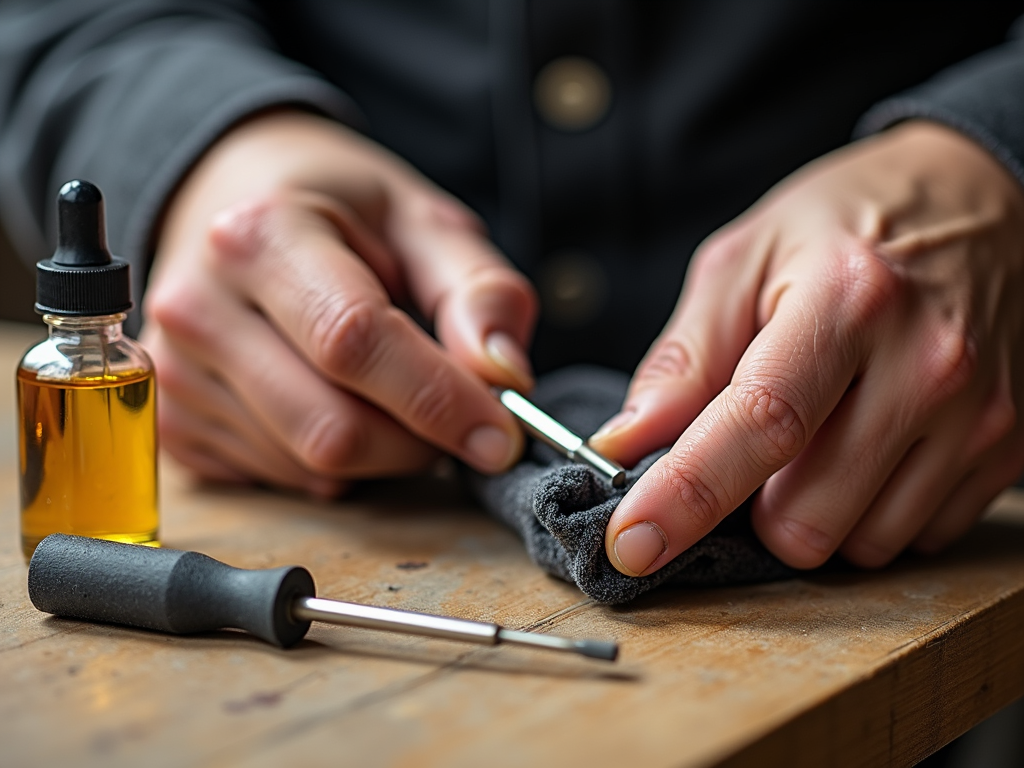
Common Workshop Tool Problems and Solutions
Even good tools run into trouble. Here are fixes for screwdriver issues:
- Stripped Screws: When the head’s worn out, put a rubber band between the screw and tip for grip. Or grab a screw extractor.
- Worn Tips: A beat-up tip won’t hold. File it sharp or swap it if it’s a bit-style screwdriver.
- Rust: Sand off rust with fine sandpaper, then oil it. Caught early, it’s no big deal.
- Bent Shafts: A bent screwdriver wobbles. Straighten it with pliers, but replace it if it’s too far gone.
- Loose Handles: Tighten with a screw if you can. Epoxy works for a quick fix.
- Slippery Grips: Wrap worn handles with electrical tape. It’s cheap and comfy.
One time, I stripped a screw on a cabinet door. The rubber band trick worked like magic—no new tools needed.

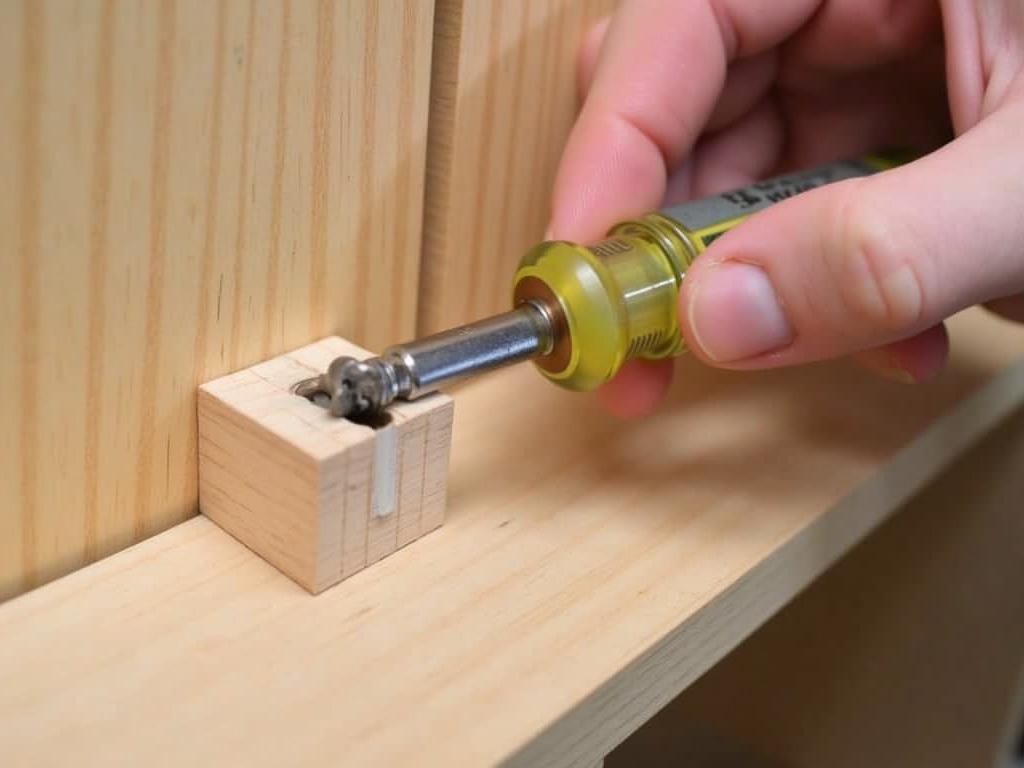
Summary
Finding the right screwdriver means knowing your options, matching them to the job, and keeping them in shape. With these tips, you’ll tackle any task and fix common problems fast. Good screwdrivers—and smart care—make all the difference in your workshop.
Related How to Pick the Perfect Screwdriver for Any Task:
- A Simple Guide to Your Home’s Electrical Setup
- DIY Projects for Beginners: Getting Started with Basic Tools
- Safety First: Protecting Yourself in the Metalworking Shop
- Breaking It Down
- Ultimate Guide to Mobile Storage Carts for Tools
- Tool Maintenance: Tips for Longevity
- The History of Black & Decker: Pioneers of Power Tools
- The Benefits of Using a Rotary Tool: A Must-Have for Every Craftsman
- Essential Tools Every Workman Must Have: A Comprehensive Guide
- Mastering Metalwork: A Comprehensive Guide to Workman Tools
- The Art of Organization: Keeping Your Workspace Tidy and Functional
- The Future of Industrial Automation: Trends, Technologies, and Impacts
